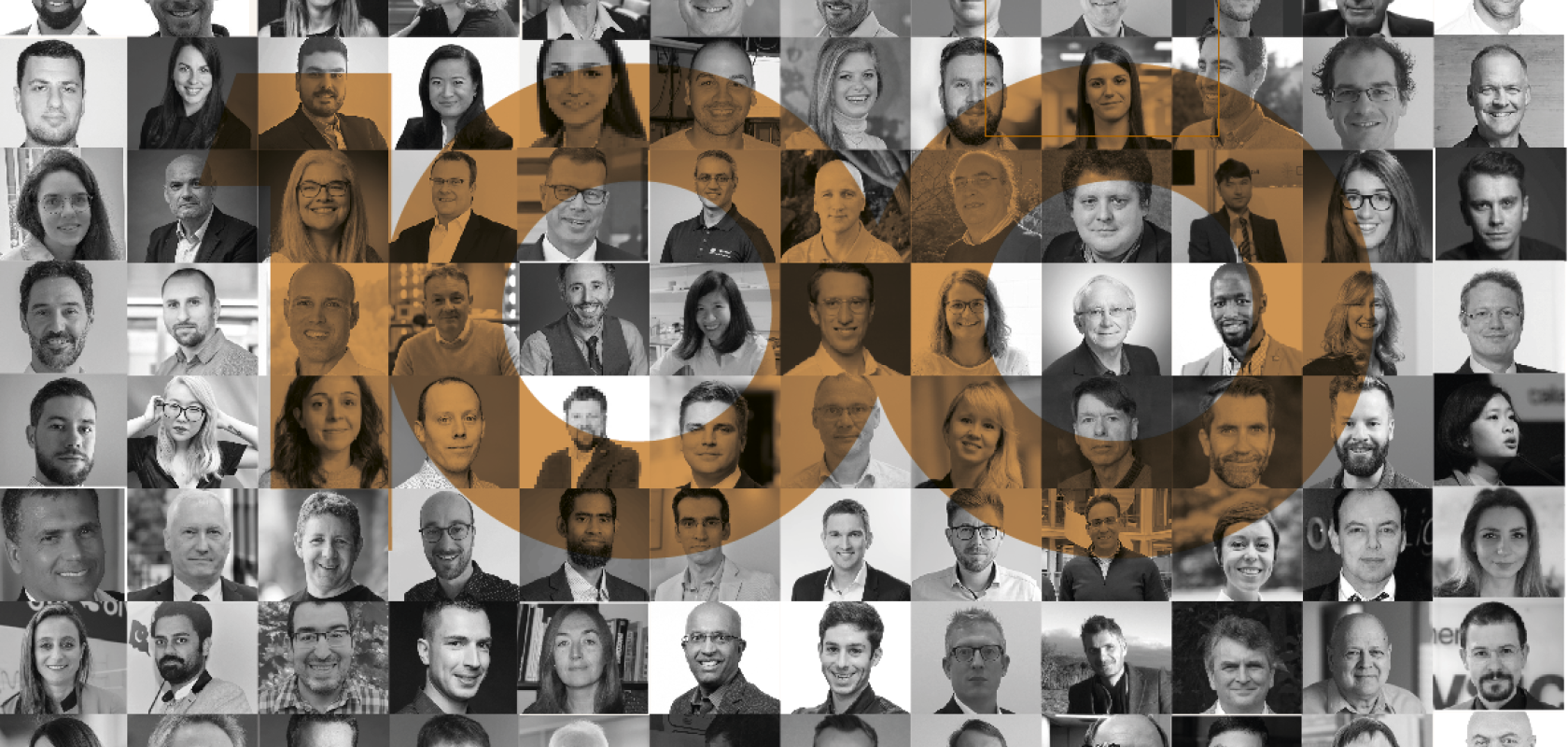The second child is easier, or so they say! Whether true of people or not, bringing the second annual Photonics100 list into the world was certainly more challenging than the first... but for entirely positive reasons.
For starters, we had many more nominations this year, giving us a much better spread of responses from across the industry. We are extremely grateful to everyone who took part, whether they made it into the final list or not.
Secondly, the contributions were more comprehensive this year, which took longer to assess. However, this has helped us to paint a clearer picture of our vast and multi-disciplinary industry, one which we will continue to share with you over the next year on electrooptics.com/thephotonics100 in the form of extended interviews, features and more.
As you can see from the panels on these pages, the global spread of this year’s list has expanded, while the gender gap has widened a little, but we are sure you’ll agree that this year’s 100 is again drawn equitably from the domains of research, start-ups, integrators and vendors and is as illuminating (or perhaps more so?) than last year’s line-up.
The trillion-dollar photonics market?
Since the last Photonics100 was published, market growth predictions issued in 2022 have continued on track or been surpassed.
According to Straits Research, the value of the global photonics market is estimated to reach $1,100bn by 2030, up from $630bn in 2021, and to grow at a CAGR of 7.3% during the forecast period (2022–2030).
In Germany, Jörg Mayer, Managing Director of Spectaris, the German trade association, told the opening day of Laser World of Photonics this summer that annual sales growth of around 7% is expected until 2027. Spectaris said the market for core photonic components, such as LEDs, lasers and sensors, is growing at a rate of more than 10% per annum.
In the UK, the photonics industry is predicted to grow to more than £17bn by 2024 and to £50bn by 2035, according to a report from the UK Photonics Leadership Group (PLG) published this summer.
The PLG attributes these growth projections to rising demand for photonics technologies in agriculture, health, communications, defence, satellites, and manufacturing industries, as well as the increasing commercialisation of quantum products.
Recent announcements on both investment and government funding bolster this robust view of the industry. Included among recent funding announcements were:
- PhotonVentures, a Dutch venture capital firm, which raised €60m in its inaugural fund to invest in the European photonics industry, and is aiming for €150m by the end of 2024.
- SmartPhotonics, which specialises in photonic integrated circuits, secured €100m in July. Kitty Jochem, its Vice-President of VI Engineering, is an honouree this year and Luc Augustin, its CTO, was in last year’s list.
- A consortium led by the Universities of Strathclyde and Glasgow won £4.7m in UK Research and Innovation (UKRI) funding to support the tripling of the photonics sector across Scotland’s central belt.
Science Minister George Freeman said: “As a nation with a rich history of innovation, Scotland can be central to boosting the UK’s photonics industry, which is so vital to our economic prosperity and wellbeing – from transmitting information to developing medicine. Our £4.7M investment will further grow this already booming industry.”
Photonics obstacles to overcome
The challenge identified most frequently by last year’s cohort of honourees has not gone away – supply chain problems.
However, it is clear from our honourees’ responses that the root causes of these issues are in much clearer focus throughout the industry this year. Very few answers state that production constraints alone are the issue, but rather list the contributing factors, such as war in Ukraine, increased political polarisation, tarriff disputes and the ‘temptation of protectionism’.
Several of our honourees identified adding fabrication capacity, diversifying suppliers, sourcing critical components closer to home and stockpiling supplies as partial solutions to the supply chain challenges, alongside more specific actions such as last year’s CHIPS and Science Act in the US and the European Chips Act, which entered force in September.
Several respondents pointed out that ongoing shortages will require more active technical steps from the industry too, such as more effort at the planning stages to streamline production and a focus on more efficient devices that require less raw material.
The skills shortage, too, reared its head again this year, with at least one respondent suggesting that the success of the photonics industry in growing the diversity of its technologies and the increasing field of applications in which they can be used, is putting pressure on the exisiting workforce. A perceived general decline in people pursuing PhDs at the start of the career pipeline, combined with experienced engineers retiring, are also cited as contributing factors. Some of our honourees see potential in exploring the ability of artificial intelligence (AI) and automation to alleviate at least some of the pressures.
Photonics tech – which ones to watch?
Despite those obstacles, however, a dazzling array of photonics technologies caught our honourees’ eyes this year, first among them the rapidly advancing possibilities that quantum photonics brings. Whether in computing, imaging, optics or communications, the applications of quantum effects were the most-cited technology this year.
However, they were only just pipped by mentions of photonic integrated circuits and silicon photonics in general.
Our honourees are also paying close attention to developments in free space optical communications, lidar, biophotonics, high-power lasers, and the “sudden appearance” of metalenses and metaoptics in actual products, to name but a few.
But please don’t take our word for it – read on to hear what the Photonics100 2024 have to say for themselves.




